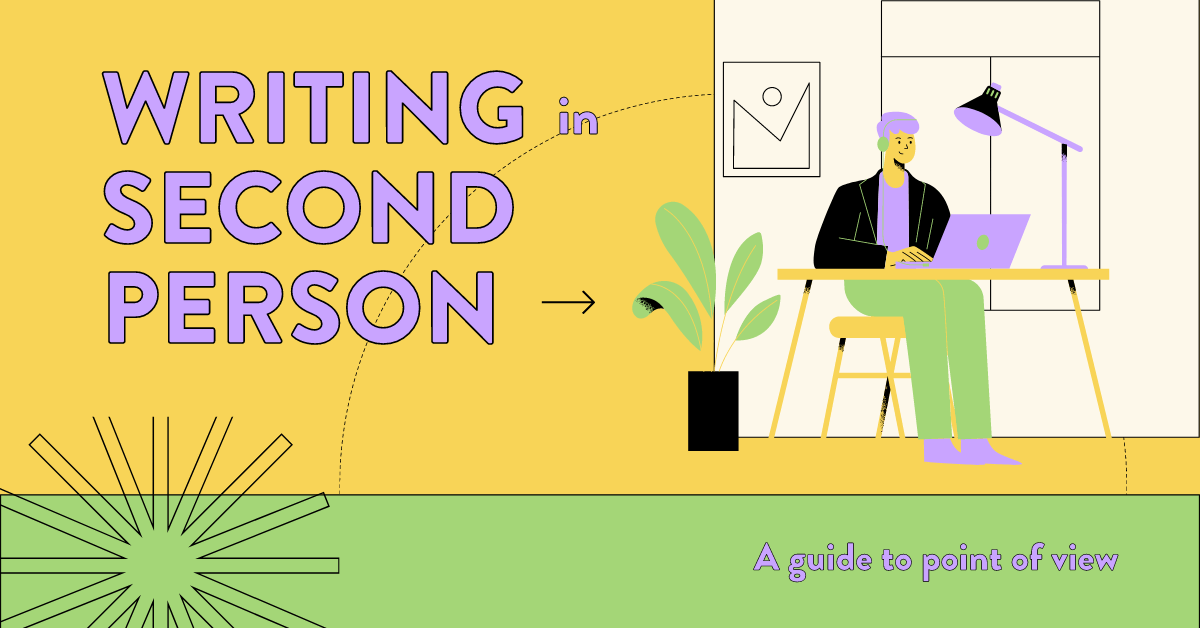 So you want to learn how to write in second person point of view?
So you want to learn how to write in second person point of view?
You’ve come to the right place.
What is 2nd person point of view?
Second person point of view is when the writer uses “you” as the main character in a narrative.
Example using the first line of Ralph Ellison’s Invisible Man:
- 1st person: “I am an invisible man.”
- 2nd person: “You are an invisible man.”
- 3rd person: “He is an invisible man.”
Why write in second person?
It’s widely considered the most daring POV in fiction, and the novelty of such a perspective can amuse the reader. Also, 2nd person immediately makes the story personal, grabbing the reader by the collar and pulling them in.
Think back to when you were a kid and read Choose Your Own Adventure books. Weren’t those fun? You got to be the main character and decide where the story went. Well, those were all in 2nd person.
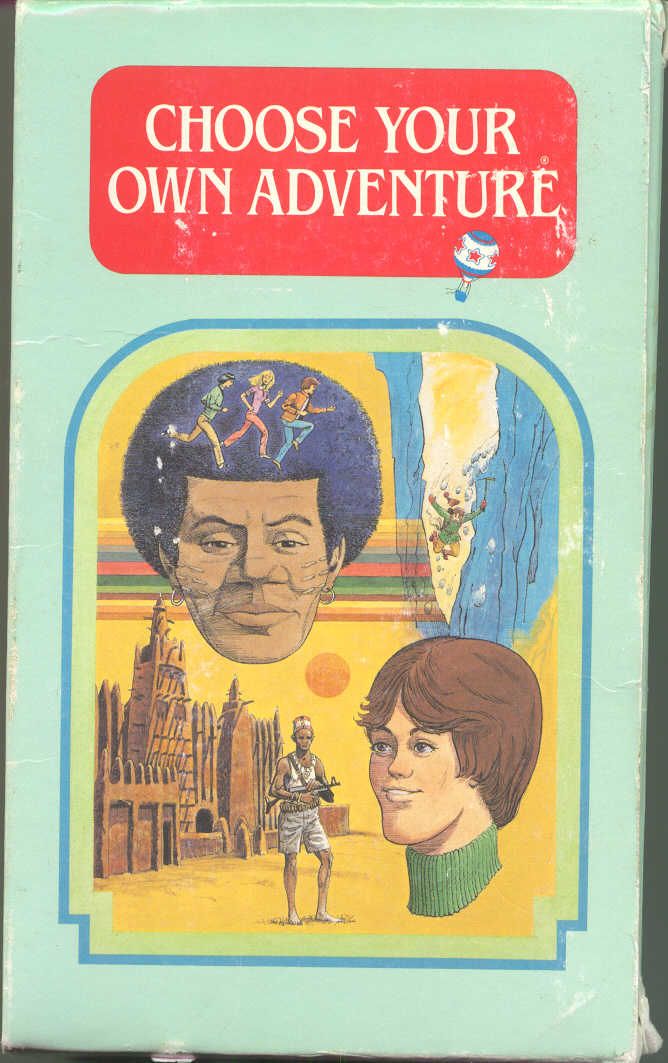
Where do you find second person most often?
Surprisingly, not in fiction. Usually you encounter 2nd person in advertising. Companies often utilize ‘you’ in their advertisements because it appeals directly to the reader. For example, when you see a commercial about a medicine, it says “if you or someone you love is struggling with illness X” you instantly wonder “Do I have this?” It’s common and it’s effective.
It is equally as effective when writing fiction. 2nd person transports your reader directly into the story, making them grapple with whatever the book says they are doing. Especially if this “you” in the book is doing something strange or uncomfortable. And if the you is doing something spectacular, it’s a special experience for the reader to imagine themselves as that person.
Why is it so uncommon?
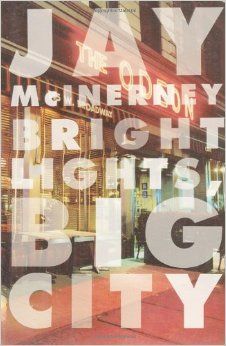 It’s weird to tell the reader what they are doing. It’s kind of an affront. After all, if you were telling your friend a story about yourself, would you tell it as if they were the person in the story?
It’s weird to tell the reader what they are doing. It’s kind of an affront. After all, if you were telling your friend a story about yourself, would you tell it as if they were the person in the story?
Plus, even though the main strength of 2nd person is that it makes the reader identify with the narrator, it’s just as easy to make the reader identify with the main character using “I” or “he/she.”
2nd person POV works much better for short stories than novels, which is why at the end of this article, I’ll list many short stories in 2nd person but only a few novels (“Upon a Winter’s Night a Traveler,” by Italo Calvino, and “Bright Lights, Big City,” by James McInerney are the ones usually mentioned).
That’s why the greatest problem with 2nd person is that it’s gimmicky. It’s very difficult to pull off and will likely alienate most of your readers. Yet despite all those problems, it’s a lot of fun to write.
Are there different kinds of 2nd person POV?
Why yes, glad you asked! In the same that there is 3rd person limited and 3rd person omniscient, there are two distinct forms of 2nd person POV.
The most common is explicit 2nd person POV. This when the main character is referred to as “you.”
But there is also what I call implied 2nd person. This is when the authors is talking directly to the reader “Look at the sky. Now look at the beach,” yet never actually uses the word “you.” This is very hard to pull off, but some 2nd person pieces will use “you” extremely infrequently or even not at all.
Why do some people hate 2nd person POV?
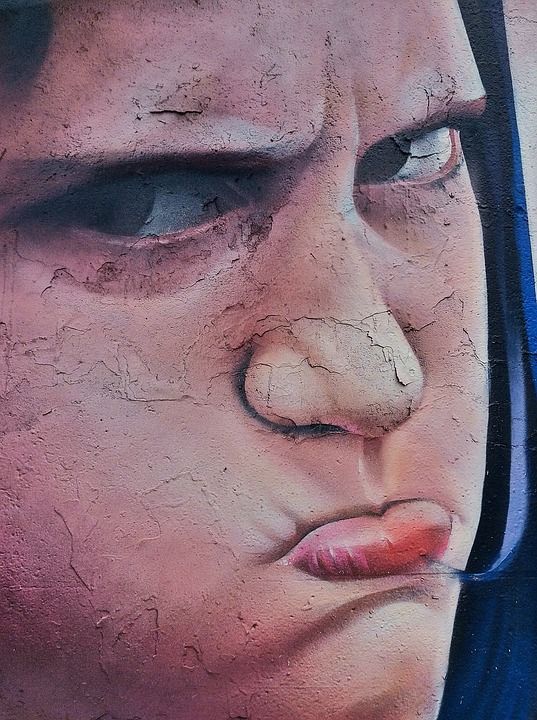 Because people like comfortability and routine, and 2nd person is a shock to the system.
Because people like comfortability and routine, and 2nd person is a shock to the system.
Also, because people like to imagine a story outside themselves, in order to escape, and 2nd person brings the story uncomfortably close.
You probably won’t win over these people by attempting to write 2nd person. But that doesn’t mean you shouldn’t try! Think of 2nd person POV as the redheaded stepchild of the POV universe, just like present tense is the redheaded stepchild of the tense universe. Both are valid options if you’re a writer, but be forewarned of the backlash and resistance you’ll get.
What is my goal when writing 2nd person?
Your greatest goal is to make the reader forget that this is 2nd person.
This is hard to do, because second person is so unusual, but it’s not impossible.
Novels like “Bright Lights, Big City,” do this quite well. Most people forget they are reading 2nd person about halfway through the book, and they are merely internalizing the actions of the protagonist.
Your secondary goal is to make readers reconsider their own personal identity. Because 2nd person breaks the 4th wall, you can make readers think about whether they are indeed racist or sexist or cruel to others. After all, if the story claims the reader is doing some inappropriate things, the reader has to wonder whether they would indeed do those things.
3 Rules for Second Person
1. Use the Correct Pronouns: ‘You, your, yours’
There is no “I” character in 2nd person. There can be “he” or “she” when the narrator is talking about others, but you should never use the word “I.” Just make sure to be very consistent with your use of the 2nd person.
2. Make the Narrator a Full-Fledged Character
Authors who attempt 2nd person sometimes forget to give lots of details about the main character, because it feels awkward to tell the reader what their sexual preference is, what foods they like, and where they live. But that is the nature of 2nd person. The most common mistake authors make when writing 2nd person is making the narrator into a cardboard character without any details or identity. So go ahead, tell the reader exactly what they are like!
3. Read a Lot of Second Person
Second person POV is not an easy task to learn. But, like any other project, you should always do some research. The worst thing any writer can do is to ignore reading entirely and just write. Once you start immersing yourself in that perspective, it will become easier to write.
Examples of short stories in the second person:
- Lust | Susan Minot
- How to Talk to a Hunter | Pam Houston
- Alma and The Cheater’s Guide to Love | Junot Diaz
- Girl | Jamaica Kincaid
- How to Become a Writer and How to be an Other Woman | Lorrie Moore
- How to Leave Hialeah | Jennine Capo-Cruset
- Saint Chola | Kerrie Kvashay-Boyle
- The Land of Pain | Stacey Richter
- Caiman Bret | Anthony Johnston
(Some of these we’ll take a closer look at later)
Examples of 2nd person novels:
- Stolen | Lucy Christofer
- If on a Winter’s Night a Traveler | Italo Calvino
- Bright Lights, Big City | Jay McInerney
- You | Caroline Kepnes
- How to Get Filthy Rich in Rising Asia| Mohsin Hamid
- The Reluctant Fundamentalist | Mohsin Hamid
Examples of books that briefly use 2nd person:
- The Dark | John McGahern
- Redshirts | John Scalzi
- The Night Circus | Erin Morgenstern
- The Malady of Death | Marguerite Duras
Now that you have some idea on what to do, here are a few things on what not to do:

Common 2nd Person Mistakes
While writing in second person, you are going to come across a few challenges, but let’s go over some pitfalls to avoid to make your process a little more smoother.
1. Avoid Starting Every Sentence With ‘You’
Since you are writing a story that includes the reader, you have to make sure your sentences are diverse enough to not sound too repetitive. Sometimes a reader will get bored with seeing ‘you’ in every single sentence, so try to keep the writing diverse and full of language.
Here is an example of what to avoid:
“You walk down the street. You feel your face burning in the sun and you curse yourself for not putting on sunscreen before you left. You noticed that everything looks blurry in the heat. You keep walking before suddenly a car swerves around the corner and almost hits you.”
If you found yourself cringing with how repetitious that was, then you understand why a little diversity is much needed.
Of course, you are allowed to use ‘you’ frequently, as any POV would use I/she/he. The key thing here is to avoid starting every sentence with “you.” A simple way to achieve this is to take the time to describe something other than what “you” are feeling and explore the setting or an idea. Another easy way to avoid this problem is to pepper your story with dialogue. So much can be said through dialogue, and it’s a way to cut up the narrative so you avoid, well … “you.”
2. Avoid Long Pieces
It’s hard to write second person, but it’s super hard to write a long piece in 2nd person.
Writing a 300 page novel in second person is pushing it. Not because the length is ‘too long’ necessarily, but because when using second person your main goal should be to make the reader feel apart of the story. To feel uncomfortable and pulled in. It’s extremely hard to accomplish that when the story drags on for so long.
There are examples of longer works in the 2nd person, but they are rare. For instance, the 200-page Stolen by Lucy Christopher, or the 500-page You by Caroline Kepnes.
You’ll soon find that the shorter your second person narrative is, the most effective it will be.
3. Avoid Detachment
It cannot be stressed enough how important utilizing the readers emotions is. Consider it your secret weapon when writing in second person. Your story is only as powerful and meaningful as your emotional pull. I know we mentioned this before, but the more you hear it and the more you practice it, the better off your second person narrative will be.

2nd Person Writing Exercises
- Let’s start off by getting used to the pronouns. Think of a person, it can be fictional or real, and write a letter telling them to do something. Get your head used to referring to someone as you. If this doesn’t help, try writing a letter to yourself.
- Go outside and sit somewhere. Pick any person that is around you, and start writing about them. Write like you are speaking directly to them. For example, let’s say you sit in a park and pick and old woman. Watch what she is doing and create a narrative around it: “You sit there by yourself, holding the newspaper with weathered hands. You are focused, reading intently, but every once in a while you glance up, as if hoping a lost friend would walk by.” This is useful for any POV, but it’s especially helpful in second person because you can see your character and you can talk to them through your words.
- Create a bucket list of things you want to do. Pick any one of them and start writing to yourself about you doing them. “You wouldn’t believe how amazing it was. That rush of adrenaline as you jump, feeling nothing beneath your feet, but the whole world to dance upon. The wind hurt, though. You couldn’t stop laughing. You were finally free.”
- Try to write an implicit 2nd person paragraph, one without the word “you.” Merely tell the reader what to do: “Go to the end of the block and look at the barking dog.”
- Write a second person story in the format of a self-help article. “You need to do this, you need to do that.” Read some self-help articles beforehand to help you remember the tone and style, and then have fun with it. It’s better if you choose a self-help topic which is batty or funny.
4 Examples of Second Person
Sometimes reading rules may seem helpful, but when it comes down to the actual act, it’s a lot harder to start. To kickstart your brain into the right mindset, here are a few examples from short stories/novels that follow the second person point of view, and explanations on how they are effective.
‘Lust’ by Susan Minot
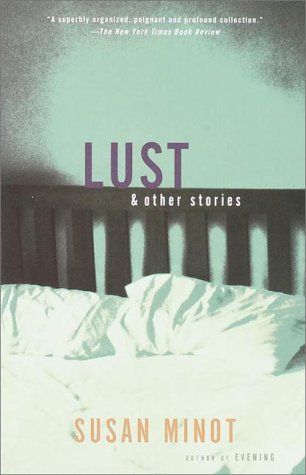 This story is special because it doesn’t really have a coherent plot; it’s more of a development of a character seen through her relationships with men, and the inner turmoil she succumbs to. What’s powerful about Minot’s use of second person is she takes breaks of using third to address the reader, provoking a relationship between them and the character. It uses emotional, and relatable language such as:
This story is special because it doesn’t really have a coherent plot; it’s more of a development of a character seen through her relationships with men, and the inner turmoil she succumbs to. What’s powerful about Minot’s use of second person is she takes breaks of using third to address the reader, provoking a relationship between them and the character. It uses emotional, and relatable language such as:
“Certain nights you’d feel a certain surrender, maybe if you’d had wine. The surrender would be forgetting yourself and you’d put your nose to his neck and feel like a squirrel, safe, at rest, in a restful dream. But then you’d start to slip from that and the dark would come in and there’d be a cave. You make out the dim shape of the windows and feel yourself become a cave, filled absolutely with air, or with a sadness that wouldn’t stop.”
This is a classic example of pulling at the reader’s emotions, using relatable and emotionally charged words like ‘surrender,’ ‘safe’, ‘rest’, ‘dark’, ‘sadness’. The way Minot draws on the reader’s feelings through manipulation of words is so effective, you can’t help but feel what is being said.
She also uses relatable experiences that everyone has gone through to create that connection between the reader and the narrative:
“Teenage years. You know just what you’re doing and don’t see the things that start to get in the way.”
This is a very useful way to get involved with your audience. There are certain experiences we all have gone through in life, and although they may not all have been exactly the same, it is a very useful tactic to appeal to those moments to create some sort of bond.
“There’d be times when you overdid it. You’d get carried away. All the next day, you’d be in a total fog, delirious, absent minded, crossing the street and nearly getting run over.”
It’s almost like an instruction on how the reader should feel about these situations the character has gone through, thus creating a captivating atmosphere for emotions. Throughout her story, Minot knows how to captivate and entice her reader through switching perspectives, first applying the action to a third person character, and then applying it to ‘you’, or the reader, creating a more relatable and impactful piece.
Stolen by Lucy Christopher
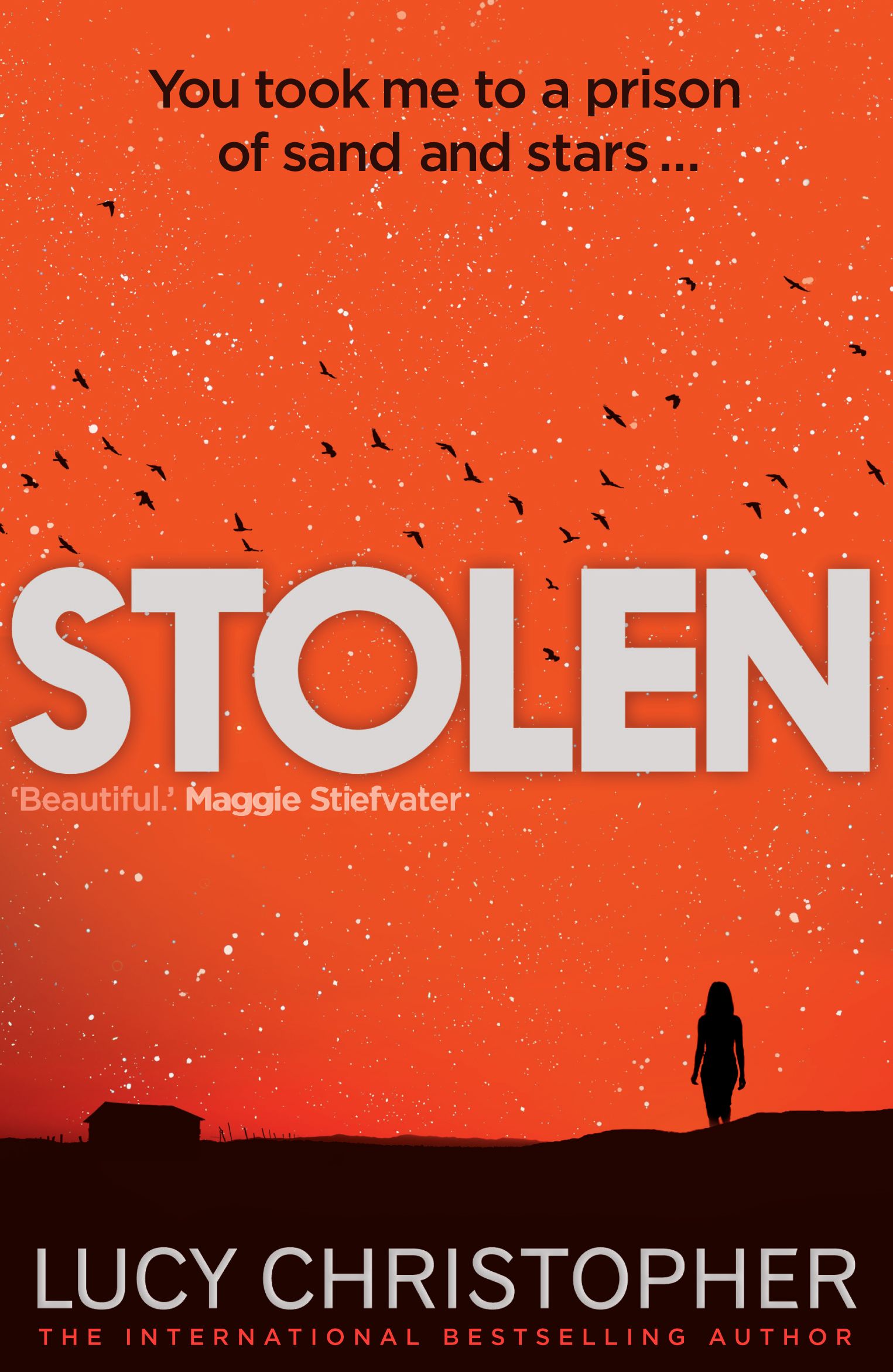 This novel is a perfect example of how second person can make a reader feel fully immersed in the story. It is written in the form of a letter by a young girl to her kidnapper. She is taken in an airport, and held against her will in the Australian outback, where she is forced to love this man.
This novel is a perfect example of how second person can make a reader feel fully immersed in the story. It is written in the form of a letter by a young girl to her kidnapper. She is taken in an airport, and held against her will in the Australian outback, where she is forced to love this man.
“You saw me before I saw you. In the airport, the day in August, you had that look in your eyes, as though you wanted something from me, as though you wanted it for a long time. No one had ever looked at me like that before, with that kind of intensity. It unsettled me, surprised me, I guess. Those blue, blue eyes, icy blue, looking back at me as if I could warm them up.”
Even though we know it’s directed to her kidnapper, we can’t help but feel like we experienced it all too. Christopher’s use of second person drags the reader into an almost uncomfortable position as the narrator is accusing ‘you’ of the terrible and wonderful things that happened to her. As the novel goes on we see how this young girl’s feelings turn from curiosity to horror to hatred and back to curiosity again. It’s through her eyes that we really feel how truly terrifying this ‘you’ character is.
“There is a thing murderers always do in horror films: take their victims out on a long drive to a stunning location before they creatively pull them apart. It’s in all the famous films, all the ones with murders in the middle of nowhere anyway. When you woke me up that morning, the day after you’d nearly hit me, I thought about that.
“We’re going on a drive,” you said. “To catch a camel.”
It was very early. I could tell by the pale pinkish-white light and the cool in the air. I got dressed and put the knife into the pocket of my shorts. I could hear you moving and creaking around the house. Then you went outside and started the car. You were surrounding me with noise. I wasn’t used to it. I took my time getting ready. I knew two things: On the one hand, a trip like this could mean a greater opportunity for escape. On the other, it might mean I’d never return.”
The emotional drive wouldn’t have been as effective throughout this novel if she had chosen to use third person. Although she does use first person, the fact that she has the villain of the novel as ‘you’ is a very clever idea, because it puts the reader in an even more uncomfortable position.
‘Girl’ by Jamaica Kincaid
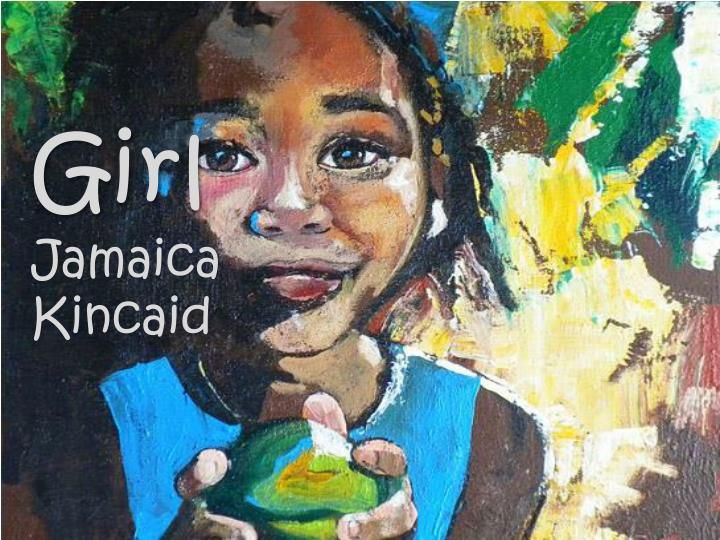 It’s basically a long, continuous lecture that a mother is giving to her daughter on how to act in society. It’s written in one sentence, with a few interjections from the daughter, but the use of second person makes it a very personal piece:
It’s basically a long, continuous lecture that a mother is giving to her daughter on how to act in society. It’s written in one sentence, with a few interjections from the daughter, but the use of second person makes it a very personal piece:
“Wash the white clothes on Monday and put them on the stone heap; wash the color clothes on Tuesday and put them on the clothesline to dry; don’t walk barehead in the hot sun; cook pumpkin fritters in very hot sweet oil; soak your little cloths right after you take them off; when buying cotton to make yourself a nice blouse, be sure that it doesn’t have gum on it, because that way it wont hold up well after a wash…”
You can’t help but feel like your own mother is yelling at you to do something; it induces that same anxiety that we attribute to being told what to do, which makes it extremely effective piece.
‘How to Become a Writer’ by Lorie Moore
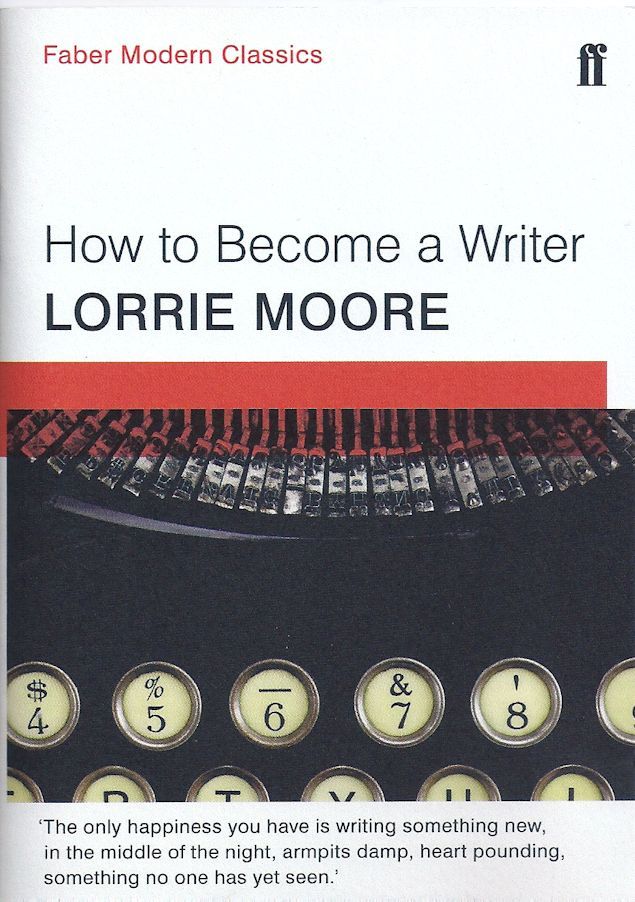 “How to Become a Writer” uses second person and comedy brilliantly. The premise of the story is an unknown speaker telling the reader how to become a writer, assuming the speaker knows all these facts about you. This use of second person cleverly includes you into a possible future. Such as:
“How to Become a Writer” uses second person and comedy brilliantly. The premise of the story is an unknown speaker telling the reader how to become a writer, assuming the speaker knows all these facts about you. This use of second person cleverly includes you into a possible future. Such as:
“First, try to be something, anything, else. A movie star/astronaut. A movie star/missionary. A movie star/kindergarten teacher. President of the World. Fail miserably. It is best if you fail at an early age – say, fourteen. Early, critical disillusionment is necessary so that at fifteen you can write long haiku sequences about thwarted desire.”
It goes on to explain everything that would happen to you in your life if you wanted to become a writer, leading the reader on a journey of their new ‘life’ and how it worked out for them:
“Your mother will come visit you. She will look at the circles under your eyes and hand you a brown book with a brown briefcase on the cover. It is entitled: How to Become a Business Executive. She has also brought the Names for Baby encyclopedia you asked for; one of your characters, the aging clown-schoolteacher, needs a new name. Your mother will shake her head and say: ‘Francie, Francie, remember when you were going to be a child psychology major?’
Say: ‘Mom, I like to write.’
She’ll say: ‘Sure you like to write. Of course. Sure you like to write.'”
It’s comedic, relatable and it’s extremely effective in what it’s trying to accomplish. It plops the reader directly into this life they never wanted nor asked for.
These are just a few great examples of the power of second person. Now that you have some tools to get you started, take a deep breath, erase everything you know about POV, sit down, and start writing.
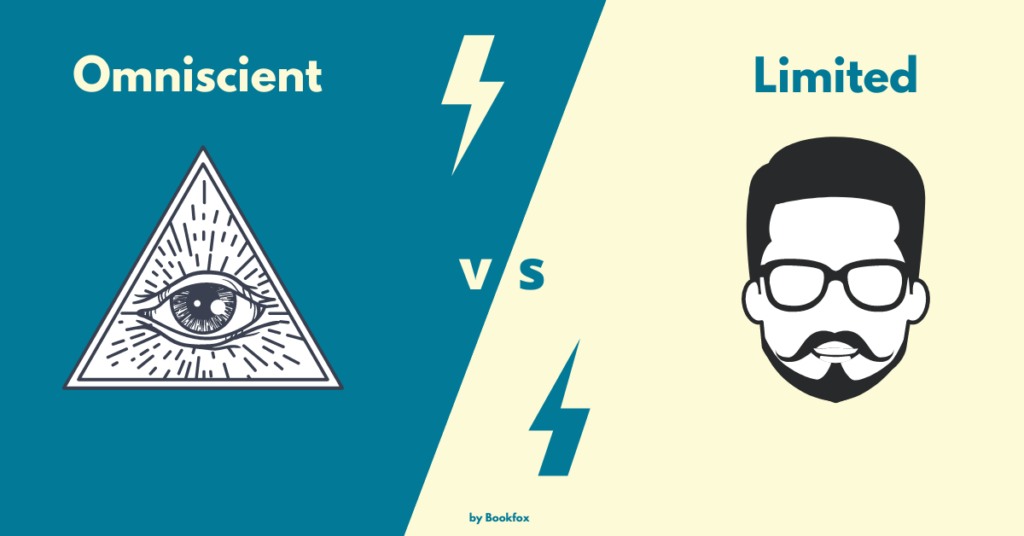

12 comments
Insightful and good ideas and suggestions on how to write in second person.
Stolen isn’t written in second person. The narrator is not you; it is written in first person. Notice the words “I” and “me”. As such, it is written in first person who is breaking the fourth wall, recognizing the reader as a character.
I agree with you Stanley, I had the same thought when I read that piece.
Awesome piece. Had me on the edge of my seat through out.
Surely, “Stolen” by Lucy Christopher is not written in the second person, indicative voice? Instead, it seems to be in the first person, vocative voice. How else do you explain the narrator’s frequent use of “I” and “me”?
The beginning:
“You saw me before I saw you. In the airport, that day in August, you had that look in your eyes, as though you wanted something from me, as though you’d wanted it for a long time. No one had ever looked at me like that before.”
Review:
“So begins Lucy Christopher’s Stolen: A Letter to My Captor , a harrowing tale of obsession, fear, and isolation that’s one of the more engaging YA books in recent memory. Impressively, Stolen—Christopher’s second novel—is written entirely in second person. Despite its Printz Honor, the book remains one of the best-kept secrets in the YA genre.”
Wikipedia:
https://en.wikipedia.org/wiki/Stolen_(Christopher_novel)
I agree with you, it is written in first person, not second, surely, as you and Stanley both wrote.
One of the best examples of second person is Edna O’Brien’s memoir (can’t remember title) and it serves her well in telling her story even of the earliest years when the toddler could not tell her own story: “You go down the hall and put your eye to the keyhole of mum and dad’s room and see them sleeping but already their tea is waiting for them and thin slices of buttered bread on a plate.” Or something like that.
Thanks for this
This was really helpful! I want to try writing a short story with one character written in 3rd person omniscient and the other is 2nd person explicit to try and broaden my writing skills. Thank you for making this!
can anybody tell me how to start a second person p.o.v. essay?
“You go to the internet and ask how to start a second person POV. You find that someone will always answer you on the internet and give you the information you require.”